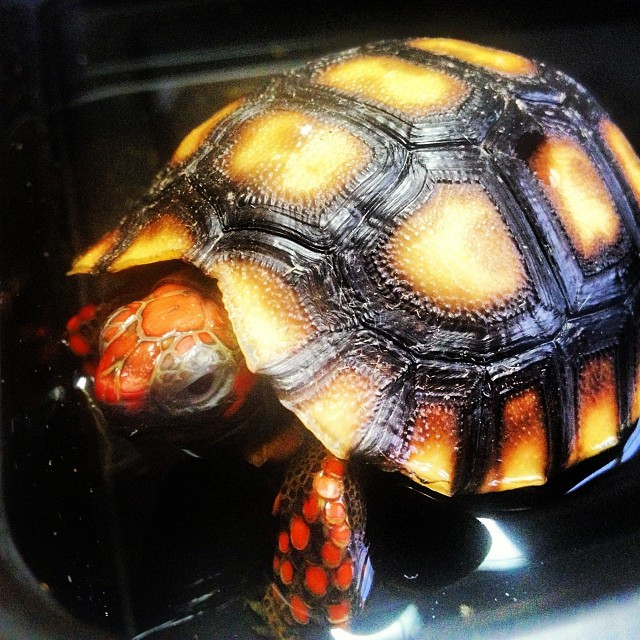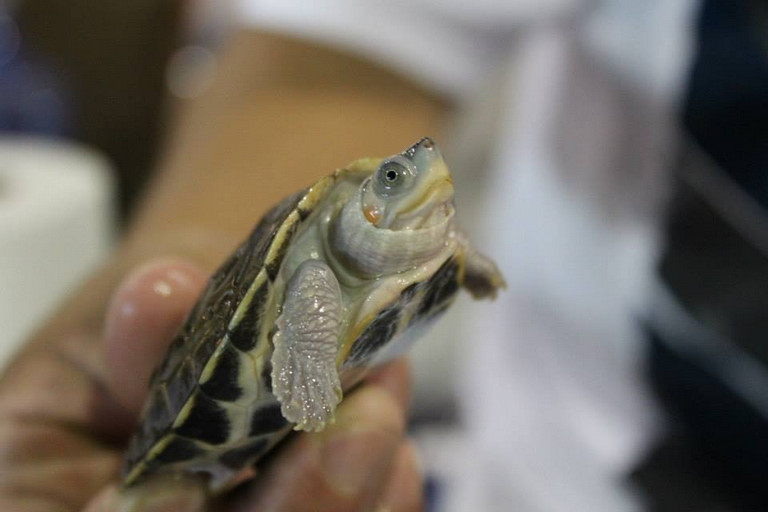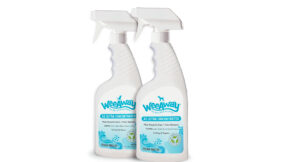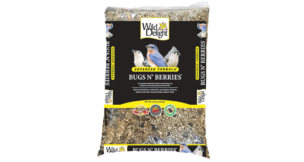World Turtle Day Puts Spotlight on Unique Pets
Michelle Maskaly //May 23, 2014//
 Started by the American Tortoise Rescue, World Turtle Day has been celebrated every May 23, since 2000, in an effort to help people celebrate and protect turtles and tortoises and their disappearing habitats around the world.
Started by the American Tortoise Rescue, World Turtle Day has been celebrated every May 23, since 2000, in an effort to help people celebrate and protect turtles and tortoises and their disappearing habitats around the world.
“We launched World Turtle Day to increase respect and knowledge for the world’s oldest creatures,” said Susan Tellem, on the group’s website.
Being a tortoise owner, days like this help put animals such as turtles and tortoises in the spotlight, and not only for advocacy purposes. It brings attention to a category of pets that are sometimes overlooked.
I’ve liked turtles and tortoises for almost as long I have had a passion for dogs and horses. It’s likely, as is my entire love of animals, my aunt’s fault who not only had a cute red eared slider when I was a kid, but got me my own painted turtle when I was about 6 years old; much to the displeasure of my parents. 
Since then, I have kept Russians, yellow footed and red footed tortoises, including a cherry head red footed that I got last year at the National Reptile Breeders Expo in Daytona Beach, Fla. I even rescued two tortoises from an animal shelter in the Hamptons, after parents complained about them as classroom pets.
When people ask me about what pets I have they always want to know what breed of dog, its name and how old it is. They chuckle when I mention the baby Betta fish, and look completely puzzled when I say I have a tortoise.
“Doesn’t that get big?”
“Where do you keep it?”
“Really?”
These are the usual responses I get, before I can start explaining. Once I tell them how they each have a unique personality and characteristics, they usually ask even more questions, including care, food and housing questions.
Carrying turtle and tortoise products in a retail store can be a smart move for some retailers. Owners have made in an investment in the animal, and want to give it the best proper care, which is not cheap.
A quick Google search of tortoise cages show a price range of $99 to almost $500. And, that is not including the decor, special lights, supplements and food. For example, I recently spent about $100 just on a lighting set-up for my tank.
Plus, these products are not something that a customer can walk into a grocery store and buy along with their milk and bread. These are unique items, that a pet retailer can not only carry, but become an expert on, further luring the customer back when they have questions.
















